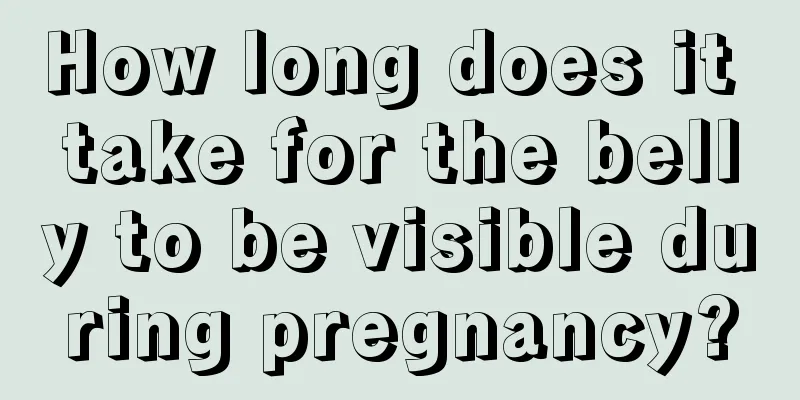How to treat abnormal postpartum bleeding

|
If a woman experiences abnormal bleeding after childbirth, it is most likely caused by weak uterine contractions. Of course, it may also be caused by damage to the birth canal due to rough operation during delivery. Postpartum hemorrhage may also occur if a woman has placenta previa or coagulation disorders after delivery. In rare cases, postpartum uterine inversion can also cause postpartum hemorrhage. No matter what, postpartum hemorrhage should not be underestimated and should be treated actively. If postpartum bleeding is caused by uterine contraction problems, there are many ways to treat it. Carboprost tromethamine is a prostaglandin F2α derivative that causes coordinated and powerful contractions of the entire uterus. It is contraindicated for patients with asthma, heart disease and glaucoma, and should be used with caution by patients with hypertension. Common side effects include nausea, vomiting, diarrhea, etc. Misoprostol is a derivative of prostaglandin PGE1, which causes powerful contraction of the entire uterus. However, misoprostol has significant side effects, with nausea, vomiting, diarrhea, chills and fever being the most common. It should be used with caution in patients with hypertension, active heart, liver and kidney disease, and adrenal cortical insufficiency, and is contraindicated in patients with glaucoma, asthma, and allergies. When the above treatments are ineffective, uterine cavity packing with gauze compression can be performed to stop bleeding in order to preserve the uterus or reduce preoperative blood loss. Pay attention to filling the uterine cavity from the fundus and both side corners. Fill it tightly without leaving any gaps to achieve the purpose of compression and hemostasis. If the bleeding stops, the gauze can be removed after 24 to 48 hours. Antibiotics are needed to prevent infection after packing, and uterotonics should be injected before removal. In fact, there are many ways to treat postpartum hemorrhage, such as ligation of bilateral uterine arteries, transcatheter arterial embolization, hysterectomy, etc. If postpartum vaginal bleeding is caused by birth canal injury, it is necessary to find the injured area in time and perform sutures or other hemostatic treatments. If retained placenta causes bleeding, it should be removed promptly. |
<<: How to prevent vaginal bleeding after childbirth
>>: What is the cause of bleeding one month after delivery?
Recommend
Is mild breast hyperplasia serious?
Mild breast hyperplasia can cause us great pain a...
What dishes go best with chicken breast? Can chicken breast be eaten every day?
According to experimental research, chicken breas...
Tumor Rumors | Will staying up late cause liver cancer?
In order to further combat online rumors and crea...
How many days of pregnancy will you feel nauseous?
Women who have been preparing for pregnancy, once...
Symptoms of vaginitis in women
Natural vaginitis is the most common gynecologica...
Reasons for decreased fetal movement at 39 weeks
Whether it is normal for a pregnant woman to have...
Why is BYD called Highway Danke? How to set up BYD charging
BYD has always adhered to the development concept...
I dream every day after I got pregnant
Dreaming every day, if accompanied by listlessnes...
Menstrual discharge headache
Menstruation is a physiological characteristic un...
Quick treatment for facial allergies
There are two types of facial allergies. One is t...
What are the early symptoms of cervical cancer?
Presumably, more and more women have paid more at...
How to prevent adnexitis, experts give you tips
Adnexitis is very common among white-collar women...
Be careful! You can also get gout if you don’t eat seafood or drink alcohol! Just because... you also have these habits
According to Hangzhou Daily, the Rheumatology and...
What is the treatment for borderline serous ovarian tumors?
The ovaries are very important for women. If ther...
How long does it take for the Gynecological Qianjin Tablets to be effective?
When taking medicine, you need to follow the inst...









